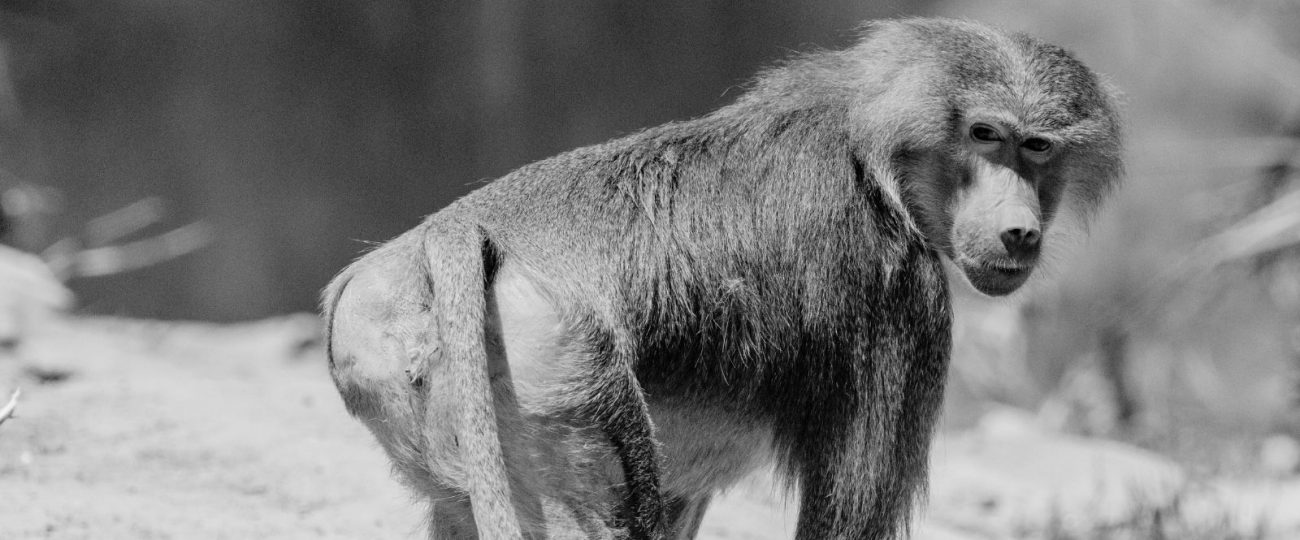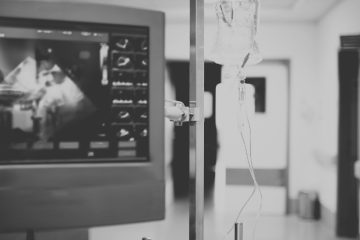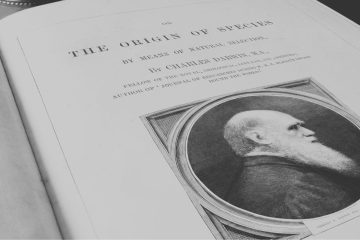What Happened On October 26th?
On October 26, 1984, at Loma Linda University Medical Center, surgeons performed an unprecedented operation on Baby Fae, a newborn diagnosed with hypoplastic left heart syndrome. This condition left the left side of her heart too underdeveloped to function, and without immediate intervention, she would have faced certain death. With no human heart donors available, Dr. Leonard Bailey made the extraordinary decision to implant a baboon heart, making Baby Fae the first human infant to receive an organ from another species.
The surgery, which lasted several hours, involved the careful removal of Baby Fae’s failing heart and its replacement with a healthy baboon heart. Once the new heart began beating inside her chest, the team experienced a moment of cautious optimism. This was the first time such a procedure had been attempted, and while it initially appeared successful, the real challenge lay ahead—preventing her body from rejecting the foreign organ.
To stop the rejection process, doctors administered cyclosporine, a newly approved immunosuppressive drug. Cyclosporine had proven effective in human-to-human organ transplants, but it had never been used in xenotransplantation. The drug’s ability to suppress Baby Fae’s immune response to the baboon heart was crucial. For the first few days following the surgery, Baby Fae’s condition stabilized. Her mother stayed close, hopeful that this groundbreaking procedure might give her baby the time she needed. While her body held off the rejection in the immediate aftermath, her immune system posed a continuous threat.
Dr. Bailey had not made the decision to use a baboon heart on a whim. He had spent seven years conducting extensive research into xenotransplantation, performing over 200 cross-species transplants in animals. Baboon hearts were chosen not just for their size but because they closely matched the anatomical structure of a human infant’s heart. Although chimpanzees are genetically closer to humans, their hearts were too large for an infant’s body. Bailey’s choice reflected years of preparation and experimentation, making the baboon heart the most viable option to attempt to save Baby Fae’s life.
The decision to perform the surgery sparked significant ethical controversy. Some people praised Dr. Bailey for his innovative approach in attempting to save Baby Fae’s life, while others criticized the use of a baboon heart. Animal rights groups opposed the operation, arguing that the baboon’s life should not have been sacrificed. Medical ethicists also questioned the experimental nature of the surgery, especially given that the patient was an infant who could not consent. This intense debate pushed both the medical community and the public to confront uncomfortable questions about the ethics of using animal organs in humans and how far medical innovation should go in extreme cases.
At the time, infant heart transplants were exceedingly rare due to the extreme shortage of donor organs. Many infants born with severe heart defects died because there were no suitable donor hearts available in time. Baby Fae’s case brought the issue of the infant donor shortage into sharp focus, highlighting the limitations of traditional organ donation methods. With no human heart available, her medical team had no alternative but to attempt the baboon heart transplant. This surgery exposed the desperation and extraordinary measures taken to address the critical lack of infant donor organs.
The surgery proceeded without FDA approval because xenotransplantation was an uncharted area of medicine at the time. There were no established regulatory guidelines for such a procedure, so the medical team moved forward under urgent circumstances. The lack of oversight sparked additional debate about how medical authorities should approach experimental surgeries, particularly when infants and other vulnerable patients are involved. Baby Fae’s condition left the doctors with no other choice, but the decision underscored the tensions between medical necessity and regulatory frameworks.
Despite the promising start, Baby Fae’s immune system eventually began to reject the baboon heart. After the first few days of stabilization, signs of organ rejection became apparent. The medical team adjusted her medication in an attempt to control the rejection, but despite their efforts, her immune system continued to attack the baboon heart. On November 15, 1984, 21 days after the surgery, Baby Fae died when her body could no longer sustain the transplanted heart. The heart transplant had extended her life, but the organ rejection ultimately led to her death. While the surgery did not save her, it provided valuable data for the future of xenotransplantation and organ rejection research.
Dr. Leonard Bailey’s work did not end with Baby Fae’s death. He continued to pioneer pediatric heart transplantation, going on to perform over 376 successful infant heart transplants. The knowledge gained from Baby Fae’s case helped advance the field by improving immunosuppressive therapies and refining the techniques used in heart transplants. Although Baby Fae’s surgery did not achieve the desired outcome, it laid the foundation for advances that would benefit future patients, particularly infants born with congenital heart defects.





